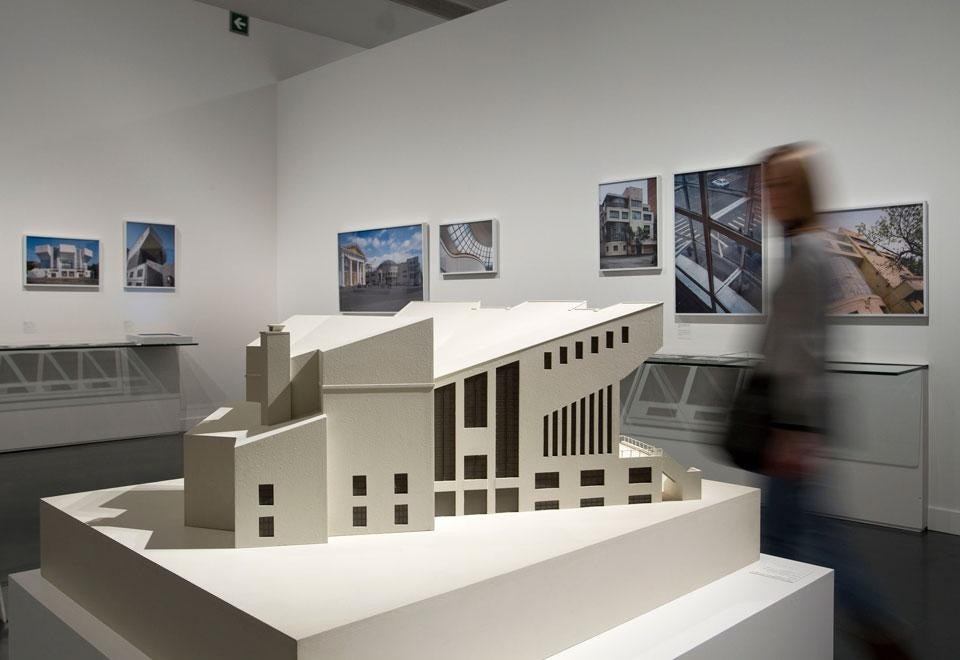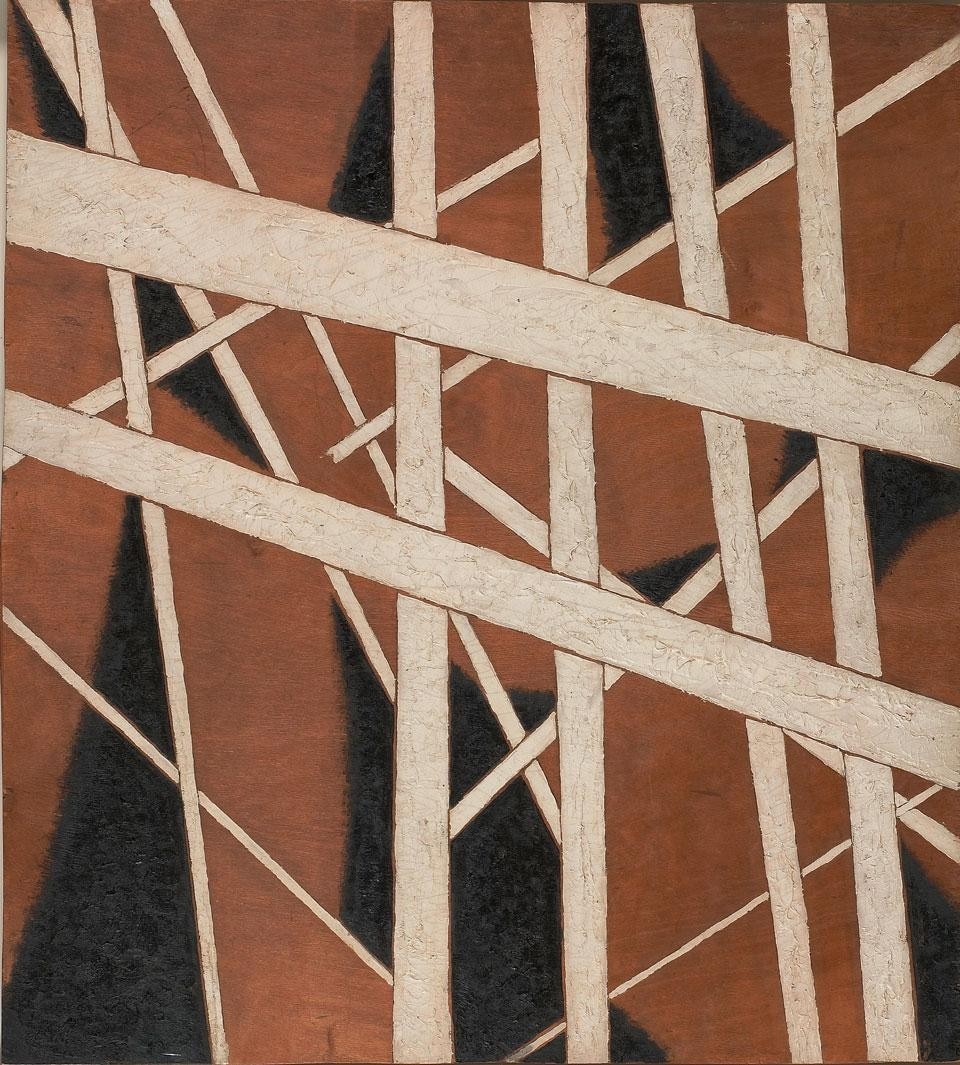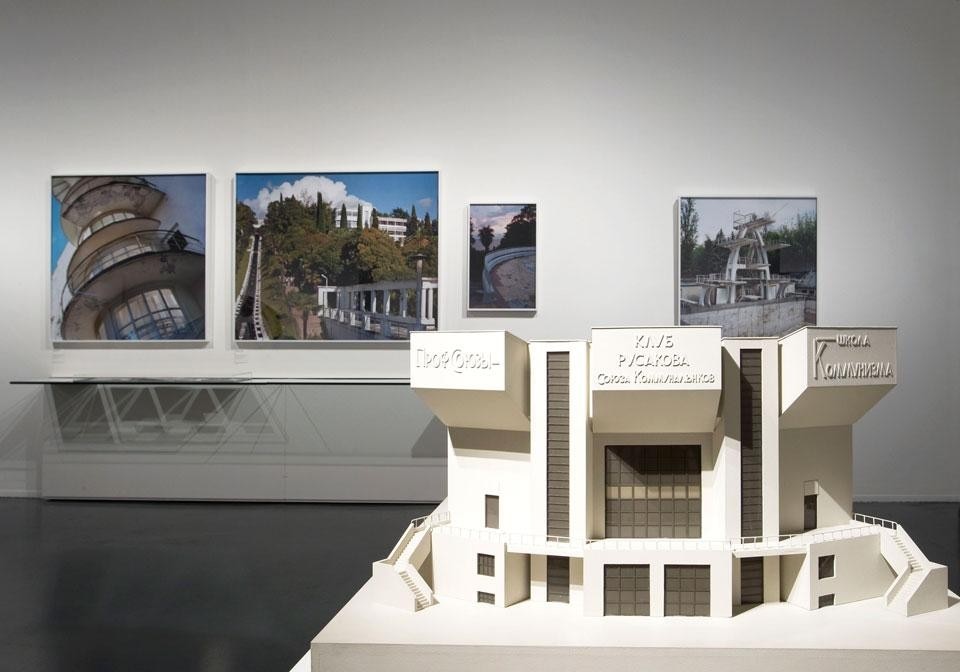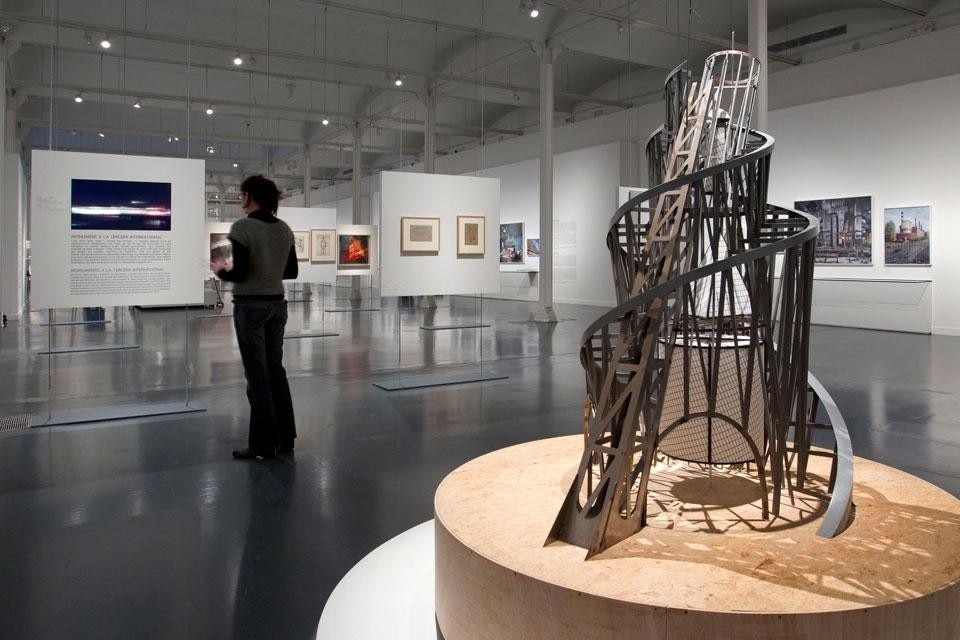The exhibition "Building the Revolution. Soviet Art and Architecture, 1915-1935" explores a period that is decisive for any understanding our culture today, and it does so through the most complete review ever made of Russian avantgarde art and architecture.
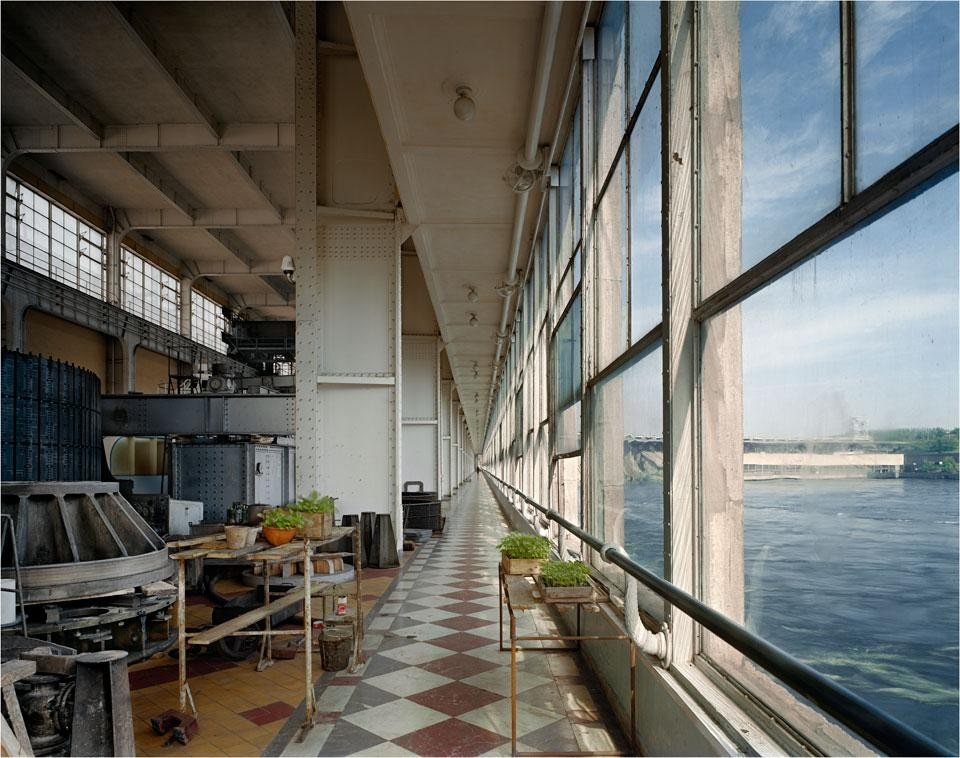
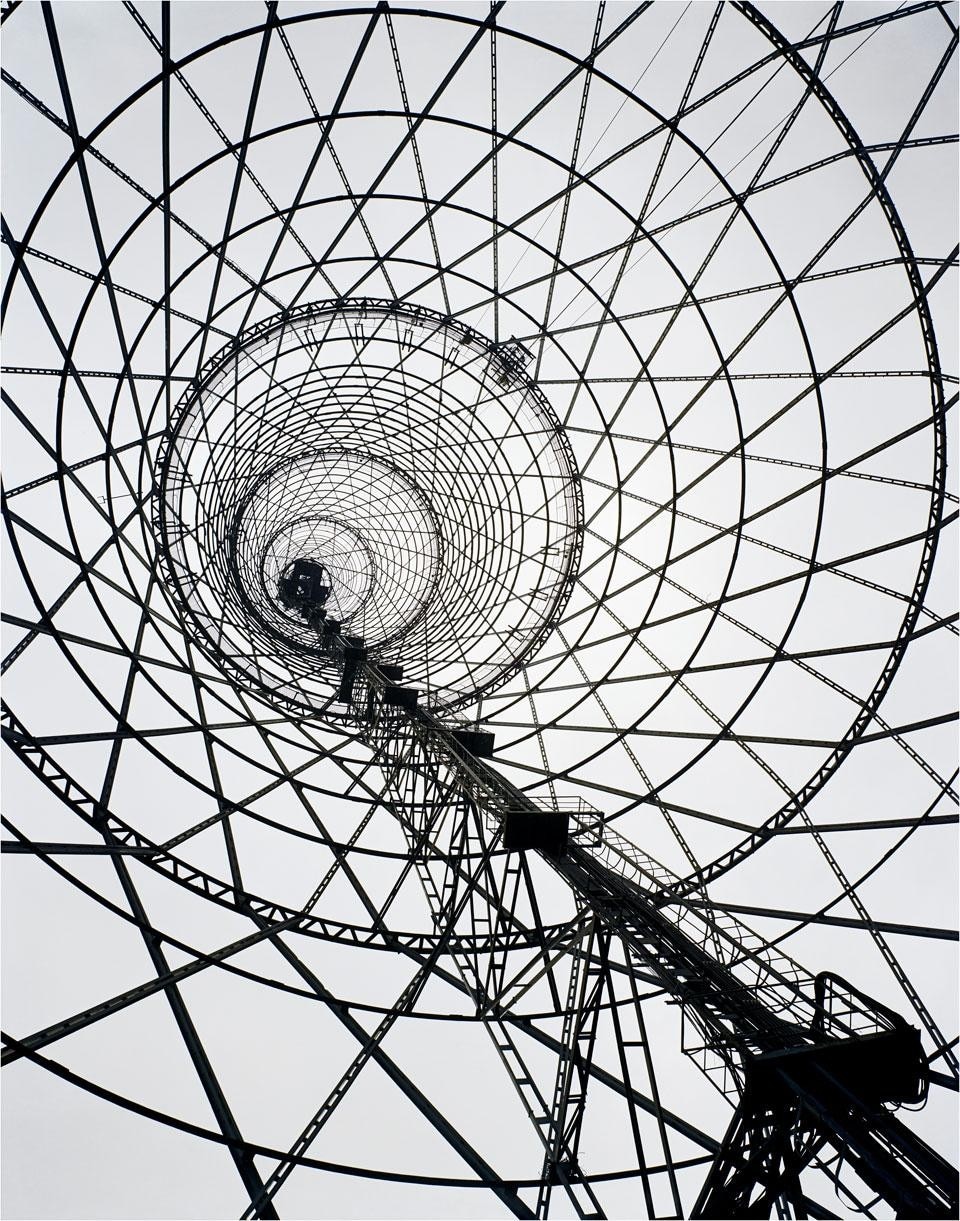
"Soviet Art and Architecture 1915-1935" forms part of the 2011 Dual Year Programme from Spain to Russia and from Russia to Spain.
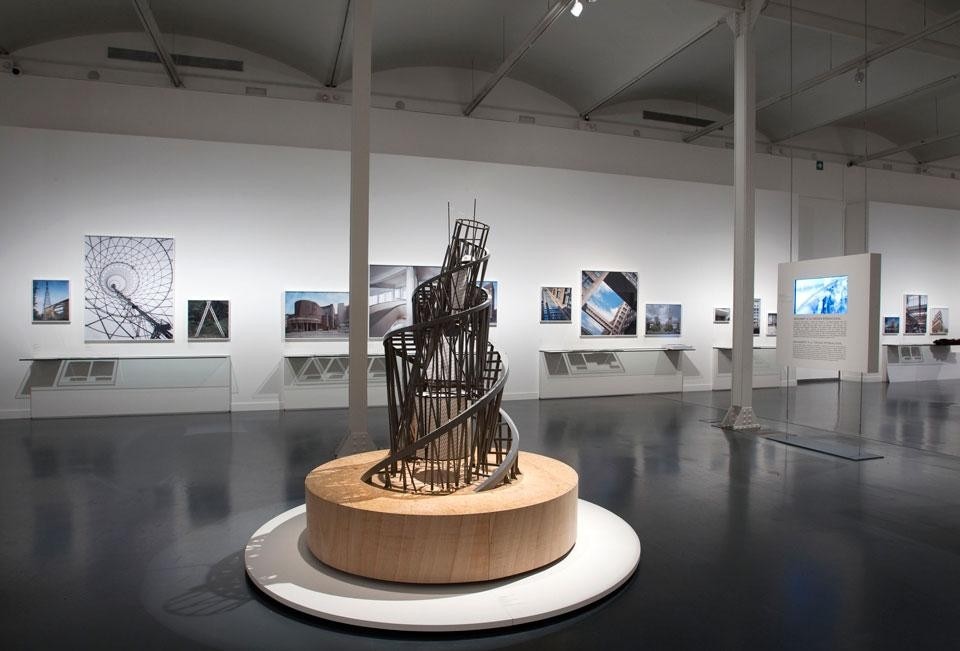
Building the Revolution.
Soviet Art and Architecture, 1915-1935
CaixaForum Barcelona
Av. Francesc Ferrer i Guàrdia 6-8, Barcelona
